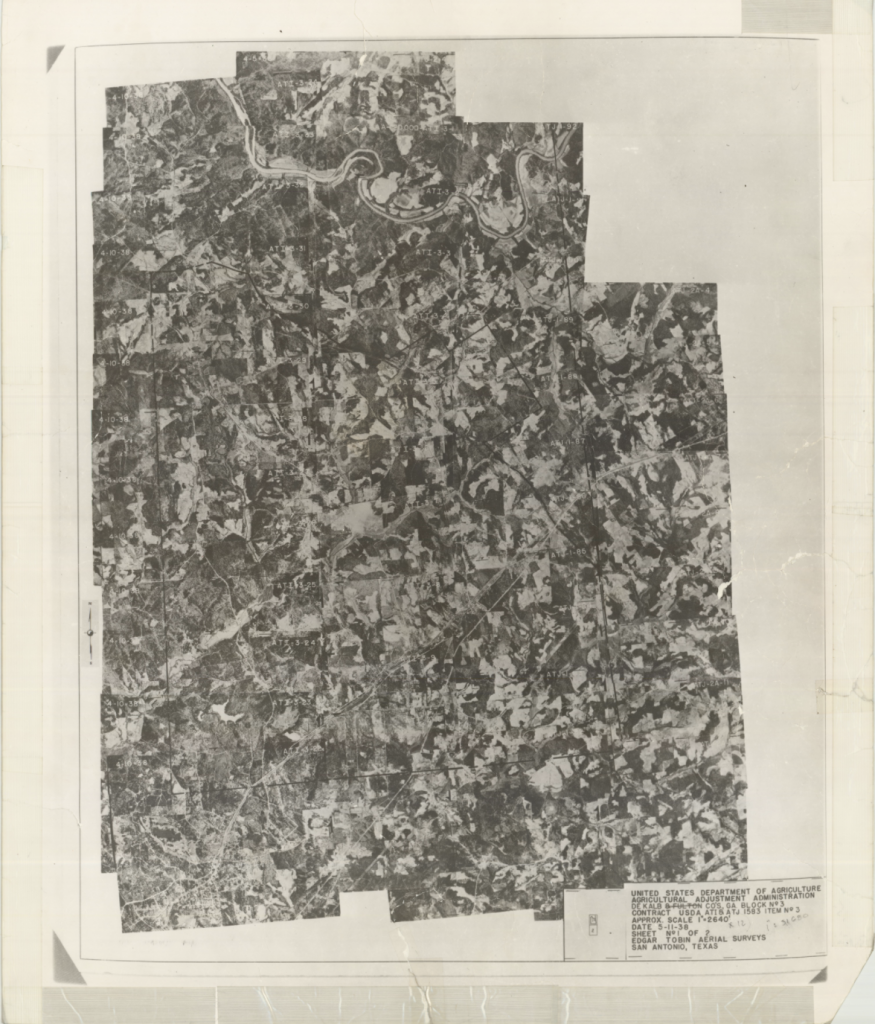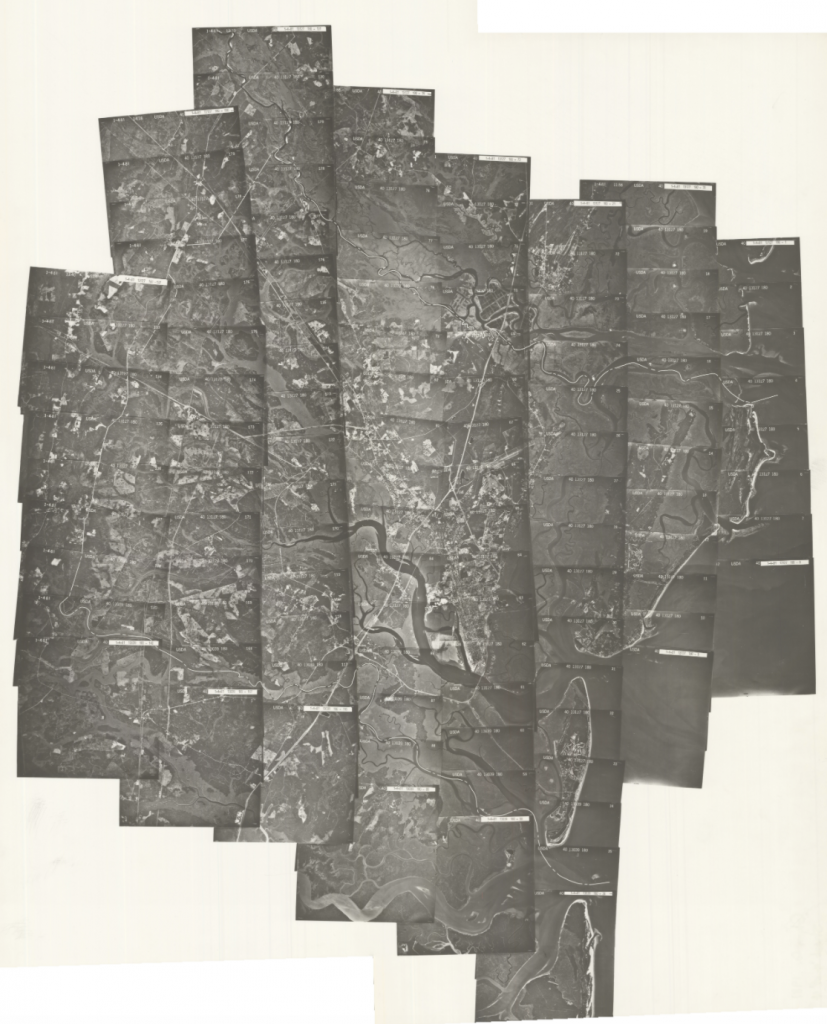The Digital Library of Georgia has just made the Lee County Library Local History Collection available freely online. The collection contains essential historic print items belonging to the Lee County Library in Leesburg, Georgia dating from 1784-2000. Among the materials are local and regional Baptist and Methodist church histories, histories of the historic towns of Smithville and Starkville, Lee County oral histories, and documentation of the Great Flood of 1994 caused by Tropical Storm Alberto that caused significant damage in Southwest Georgia.
Bobbie Yandell, Director of Archives at the Thronateeska Heritage Center in Albany, Georgia notes:
“The church histories, as well as the histories of Smithville and Starkville provide important information to early life in Lee County. These resources describe the roots of the county as well as the citizens that resided in it. The materials concerning the Flood of 1994 display how our communities came together in a time of disaster. They show what our community is capable of when a collective effort to come together is mad. It is important that future generations are able to revisit these histories in order to both honor and remember what has been achieved by those who came before us.”
Yandell continues: “Lee County has a rich local history which mostly resides in physical materials. The fear of degradation is a threatening reality for the collection. With assistance from the Digital Library of Georgia, digital preservation allows these materials to be used for generations to come, In my efforts, I have found that small towns frequently suffer from their histories disappearing or being forgotten. It gives me hope that methods such as digitization exist so that rural histories may persist and be remembered.”
Featured images:
Book about the damage Tropical Storm Alberto in 1994 brought to Albany, Georgia, and to neighboring Lee County, Georgia
https://dlg.usg.edu/record/lep_lclhc_lclhc04
Book about the centennial history (1874-1974) of the Leesburg Methodist Church in Leesburg, Georgia
https://dlg.usg.edu/record/lep_lclhc_lclhc11
About the Lee County Library
The Lee County Library is a public library serving the Lee County, Georgia area. Learn more on their website at leecountylibrary.org/.



